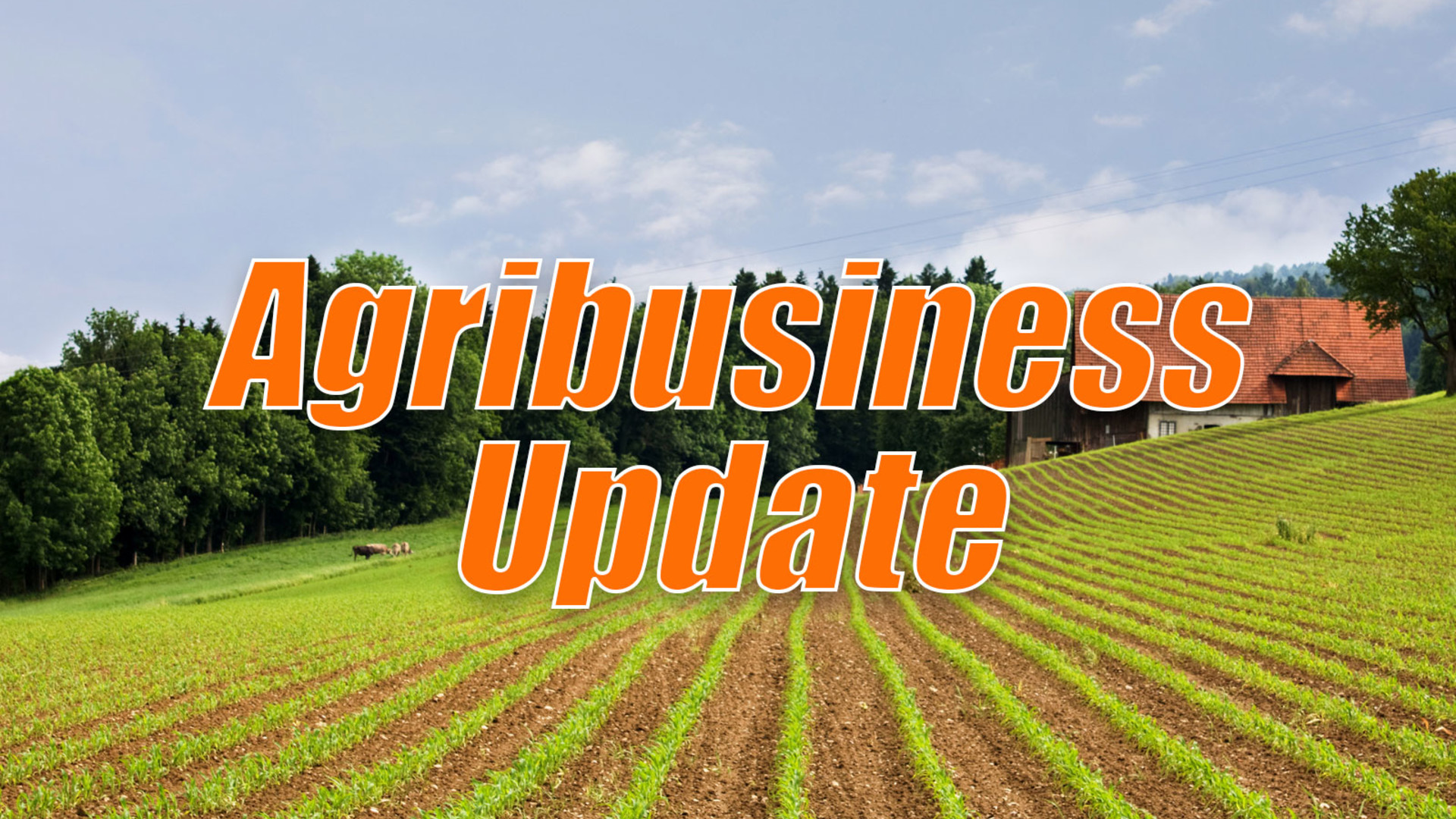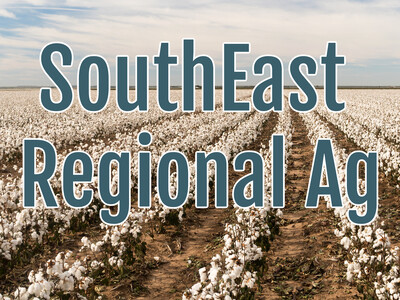OSU Animal Disease Grants and Honeybee Colony Numbers Rise
From the Ag Information Network, I’m Bob Larson with your Agribusiness Update.**Three grants from the National Animal Health Laboratory Network will allow the Oregon Veterinary Diagnostic Laboratory, housed at Oregon State University, to continue expanding its role in responding to large disease outbreaks in the Pacific Northwest.
The lab’s primary purpose is to test and diagnose animal diseases, including infectious diseases in agricultural animals.
But, when the COVID-19 pandemic first hit, the Lab assisted with the testing of human samples as well, at a time of severely limited testing capacity in Oregon.
**Over the last 20 years, the U.S. beekeeping industry has experienced significant changes that have included fluctuating honeybee colony numbers coupled with per colony honey yield declines.
According to www.agrimarketing.com, through 2008, bee disease and elevated overwinter losses contributed to declining honeybee colonies, dropping to 2.3 million, the lowest on record.
As beekeepers adapted, the number of colonies began to steadily recover.
www.agrimarketing.com/s/139234
**About 15,000 producers spanning agricultural industries across the U.S. will be invited to take part in the 2022 Census of Agriculture Content Test starting this month.
www.agriculture.com reports, the selected producers were chosen based on reported data from the previous year, and were curated to represent farms of all types, regions, and value sets.
Participants will be asked to take a questionnaire aimed at improving the reporting experience of the new Respondent Portal.
www.agriculture.com/news/business/usda-to-invite-15000-producers-to-test-new-respondent-portal-in-january













